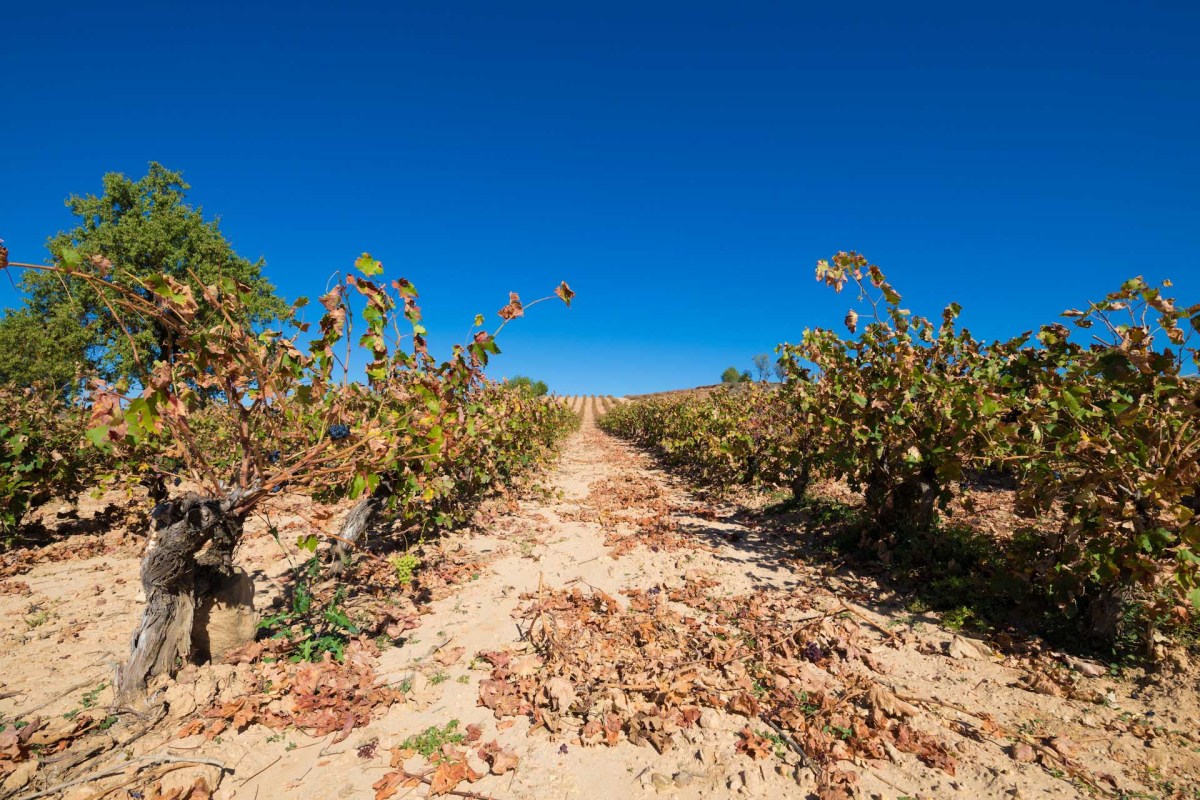Wine is one of the most popular alcoholic beverages in the world, with over 23 billion liters (more than 6 billion gallons) being consumed in 2022, according to Statista. Unfortunately for wine lovers, rising global temperatures and extreme weather threaten to upend the wine industry by the end of the century, as a new study discovered.
What's happening?
In a study published in Nature Reviews Earth & Environment, and summarized by The Hill, scientists estimated that up to 70% of existing wine-making regions will be unsuitable for wine production by 2100, depending on how much the temperature increases.
"Climate change is affecting grape yield, composition, and wine quality. As a result, the geography of wine production is changing," the researchers wrote in the study.
"About 90% of traditional wine regions in coastal and lowland regions of Spain, Italy, Greece, and Southern California could be at risk of disappearing by the end of the century because of excessive drought and more frequent heat waves with climate change," they added.
However, the warming climate could benefit other wine-growing areas, such as the Pacific Northwest, Tasmania, and northern France. Researchers also said new wine-making regions, such as the southern United Kingdom, could emerge in a hotter world.
Why is this concerning?
Although wine production may decline in some areas more than others, the changing climate will still affect every part of the globe in some capacity.
"Without radical adaptation, some of these regions are clearly threatened. Change also brings with it opportunities, as some regions will benefit, and new wine regions will surely emerge. However, these changes are not without consequences either, and expanding viticulture could bring with it impacts on natural resource consumption and wild habitats," the study's authors wrote, as quoted by The Hill.
Nearly 1 million people worldwide depend on wine production for their livelihood, per Firstleaf. However, extreme weather and falling demand because of inflation are already causing major financial losses for wineries worldwide, per CNN.
Researchers noted that more frequent droughts and higher temperatures affect grape yields and have pushed harvest times up by two to three weeks over the last 40 years. They said that while producers can adapt to the changing climate to a certain extent, it may not be enough to stay in business.
In addition, expanding vineyards into new areas will further stress agricultural lands, wild habitats, and freshwater resources, as noted by The Hill.
What's being done to save the wine industry?
As the researchers explained, the changing climate isn't a death sentence for wine — it just means growing regions will shift to previously cooler areas.
However, they said that producers could use adaptation strategies to increase grape yields and wine quality, such as providing shade and supplementary irrigation for crops, planting different varieties of grapes, and using drought-resistant plant materials.
The most impactful thing we can do to protect wine-growing regions — and the planet — is to reduce our use of dirty energy fuels and switch to cleaner energy.
Since the overheating of our planet is largely because of human activities, we can reverse this long-term pattern by adopting energy-efficient technologies — such as installing solar panels and switching to induction stoves, heat pumps, and electric cars — to help cool the planet and safeguard our communities from extreme weather.
Join our free newsletter for cool news and actionable info that makes it easy to help yourself while helping the planet.









